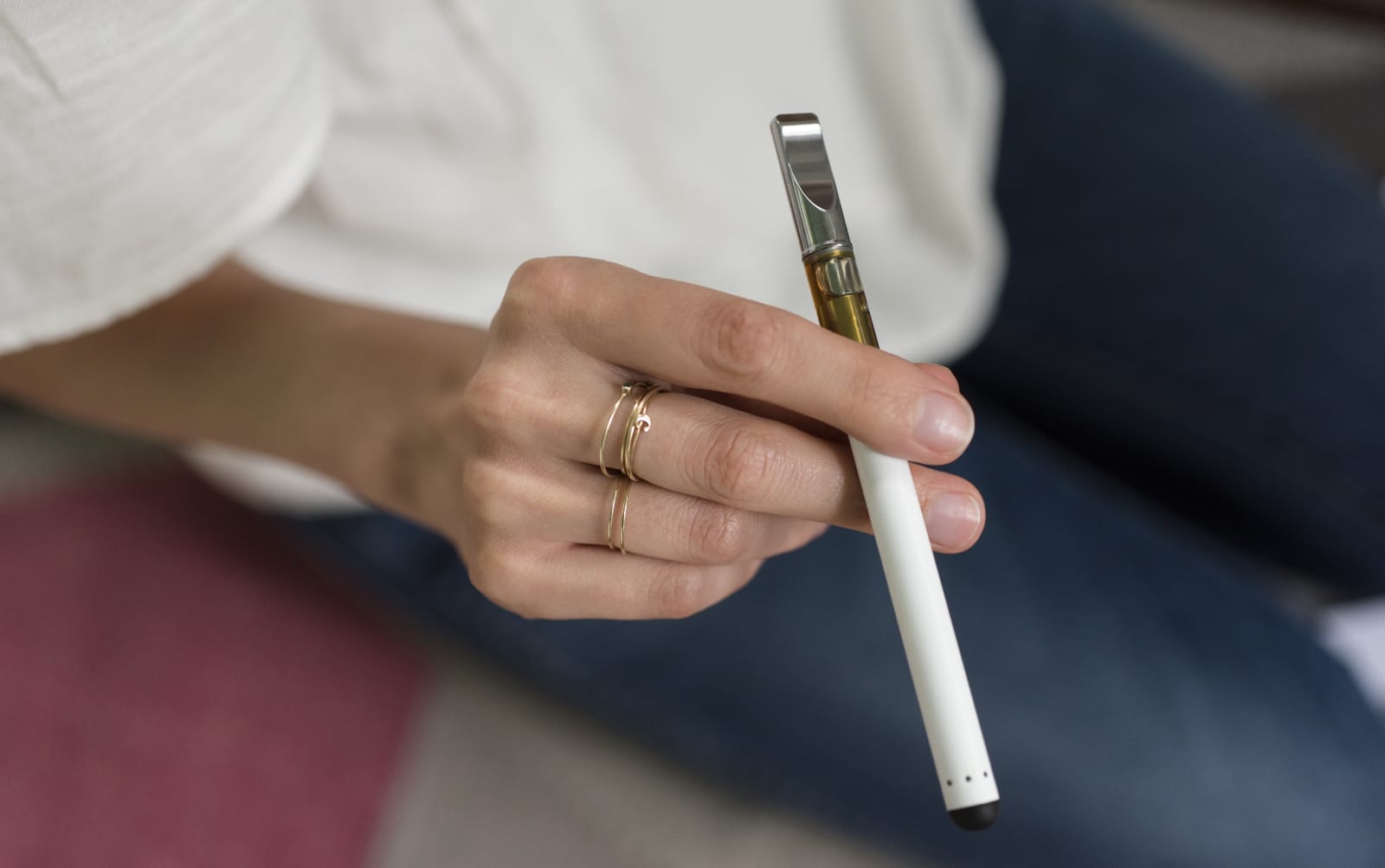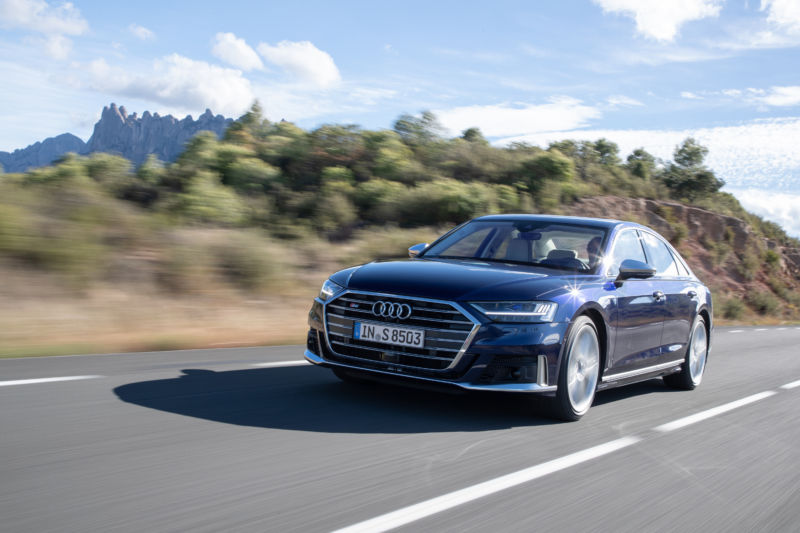https://www.engadget.com/2020/01/02/fda-bans-flavored-vape-products/
Today, the FDA officially banned most fruit- and mint-flavored, cartridge-based vaping products. The new rules are yet another attempt to curb teen vaping. Companies that manufacture, sell and distribute such products have 30 days to comply.
The new restrictions make some important exceptions. First, they permit tobacco- and menthol-flavored goods. They also apply only to cartridge-based products, which the FDA says are easier for teens to acquire and conceal. Tank-based vaping devices, like those sold in vape shops that typically cater to adult smokers, are not restricted by the new rules.
The FDA says it is ready to take action against those who continue to manufacture and sell the unauthorized products. It will "prioritize enforcement" against those who target youth, whether they do so through kid-friendly labeling and advertising or promoting how easy it is to conceal or disguise their product.
"The United States has never seen an epidemic of substance use arise as quickly as our current epidemic of youth use of e-cigarettes," said Department of Health and Human Service Secretary Alex Azar. The ban on fruit- and mint-flavored vape products is an attempt to ensure vaping products "don’t provide an on-ramp to nicotine addiction for our youth" while also maintaining e-cigs as a potential off-ramp for adults using traditional tobacco products, Azar added.
The new rules come just weeks after Congress said it will raise the minimum smoking and vaping age to 21. The law is expected to go into effect sometime this year and will cover all tobacco products. According to the 2019 National Youth Tobacco Survey, more than five million US middle and high school students are current e-cigarette users, with the majority reporting that they use cartridge-based products. Other federal data says youth users are particularly attracted to fruit- and mint-flavored products.
In addition to the concern that vaping has led to an increase in youth tobacco use, vaping has also been associated with over 2,000 cases of lung injury in the US, and the CDC has confirmed 54 related deaths.
Source: FDA
via Engadget http://www.engadget.com
January 2, 2020 at 02:07PM





